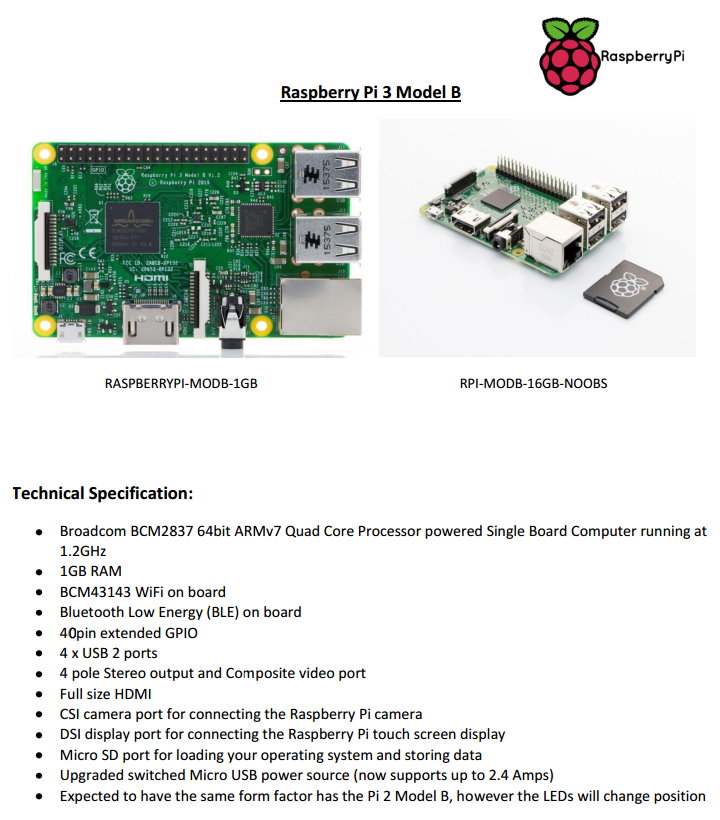
We've got a great list of the best soldering irons for you to solder the pins to your Raspberry Pi Pico / Zero. If you've got a Raspberry Pi Pico, all you'll need is a computer to connect it to (via USB) and likely you'll want to solder on GPIO pins, which it comes without. If you have the Pi 4, you’ll need a micro HDMI to HDMI cable, because that board has micro HDMI out.
#Raspberry pi 3 b os options Bluetooth#
We like using wireless keyboards that have built-in pointing devices for our Pi, and the best of these is the Lenovo ThinkPad Trackpoint Keyboard II, which is super compact and connects via both Bluetooth and 2.4-GHz. All recent models except the Raspberry Pi Zero (non-W) and the Pico have Bluetooth you can use as well. Keyboard / Mouse: The Pi has USB ports you can use to connect these and, if you get a Raspberry Pi 400, the keyboard is part of the chassis.However, if want to use the Pi as standalone, you will obviously need: If you choose to do a Raspberry Pi headless install, which lets you control the Pi from another computer, those are the only things you’ll need.

For earlier Pi models, a 2.5 amp, 5-volt charger with a micro USB interface fits the bill. For the Pi 4, you need a USB Type-C charger (see our list of best USB-C chargers) with 5 volts and at least 3 amps.

However, once you've set up, you can boot a Raspberry Pi 4 from a USB SSD for maximum performance.

We maintain a list of the best microSD cards for Raspberry Pi to help you choose.


 0 kommentar(er)
0 kommentar(er)
